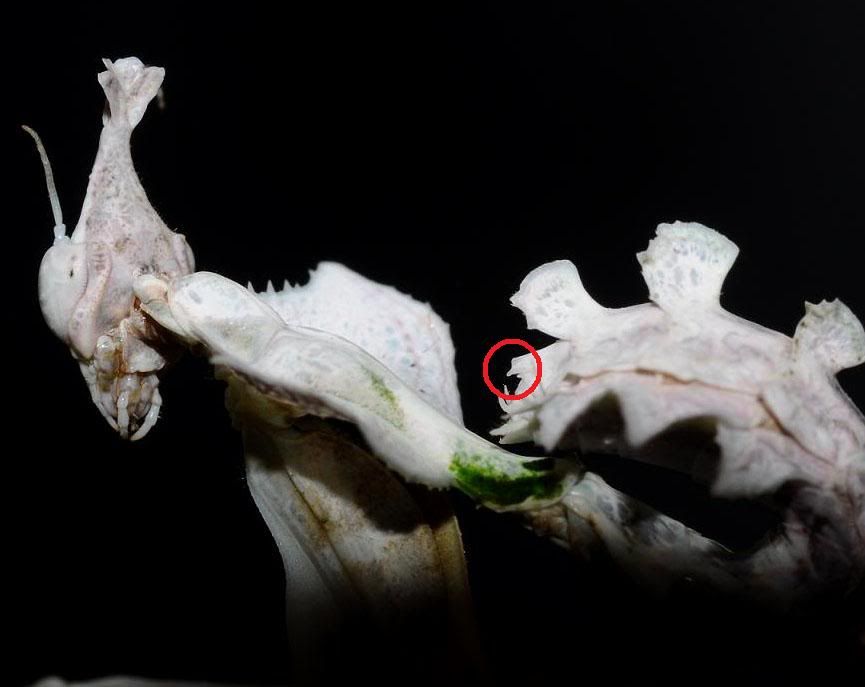I apologize for not posting this sooner as there are quite a few members been asking me the same question. I have the same problem sexing younger stage Idolomantis too so I decided to put some time observing the differences between male and female. After confirming the finding with a friend I think the appearance is quite consistent.
Lets start with male. At L3, there is a small protruding pointy 'spike' sticking out from the 6th segment. From the side view below (see circle on pic) you can see the additional spike.
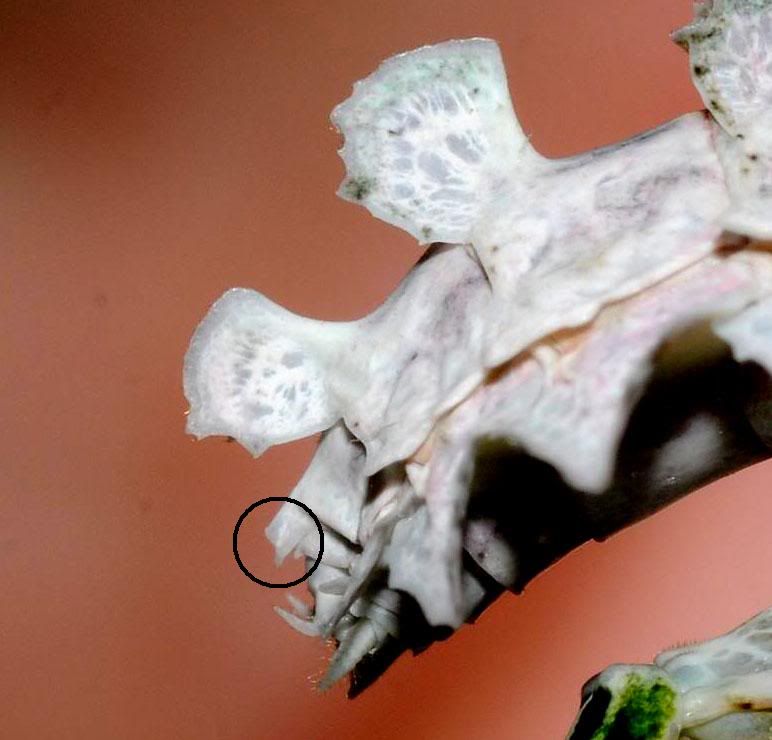
For female, that spike is non-existence.
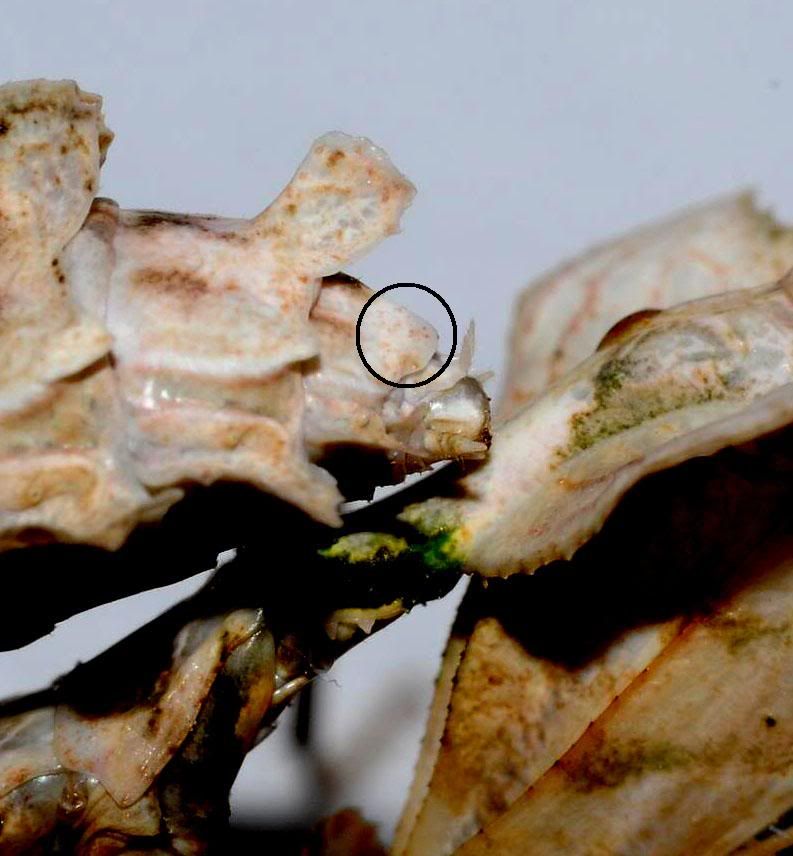
The additional spike can actually be seen as early as L2 for Idolomantis male, but probably need a magnifying glass to spot it.
Now from top view. At L3, there is a 'V' notch for the female on 6th segment (See circle)
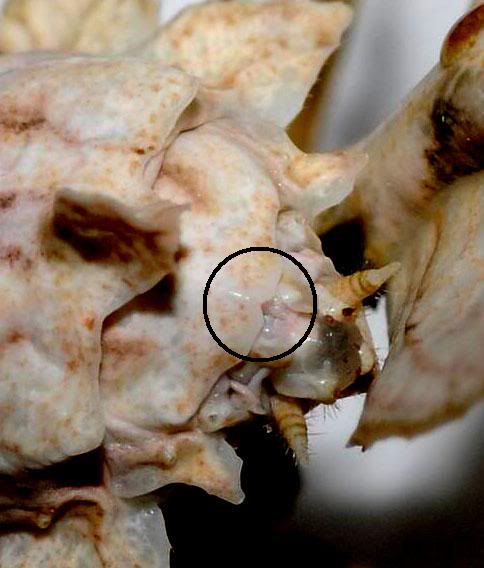
As for male, there is no notch, but a small extended lobe instead (See circle), although not very obvious from top view.
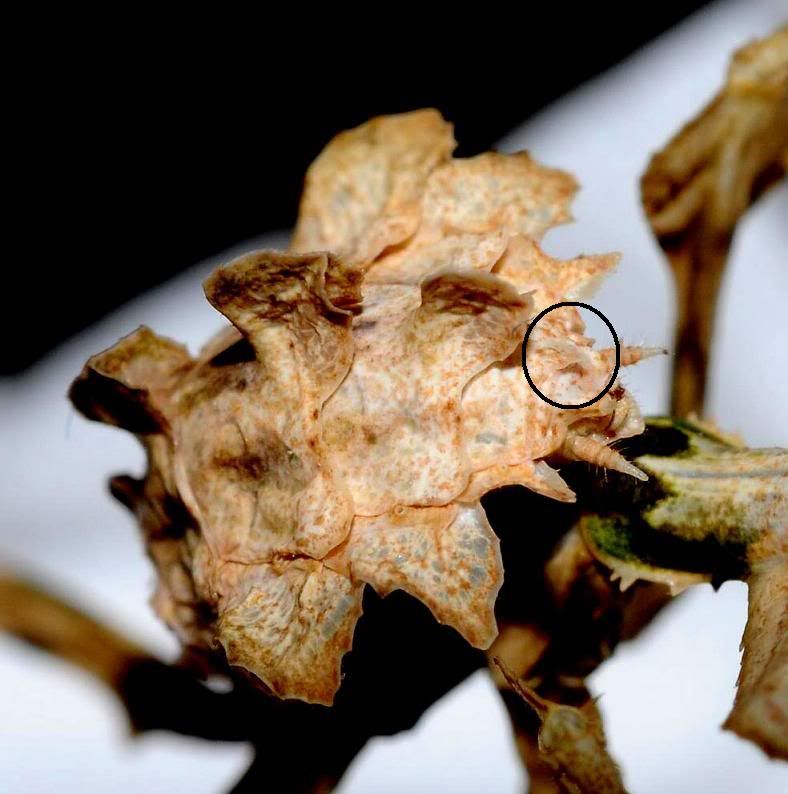
Hope this help everyone in sexing Idolomantis.
Now lets get a little practice here and see if you can *** the Idolomantis correctly at younger stage. (Scrolll down for answer)
A
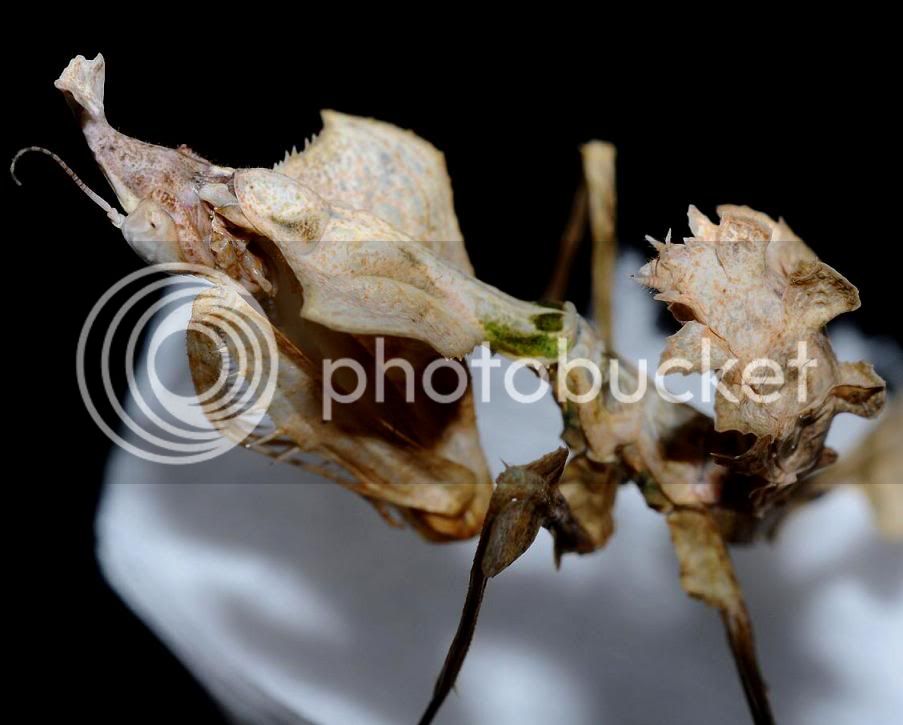
B
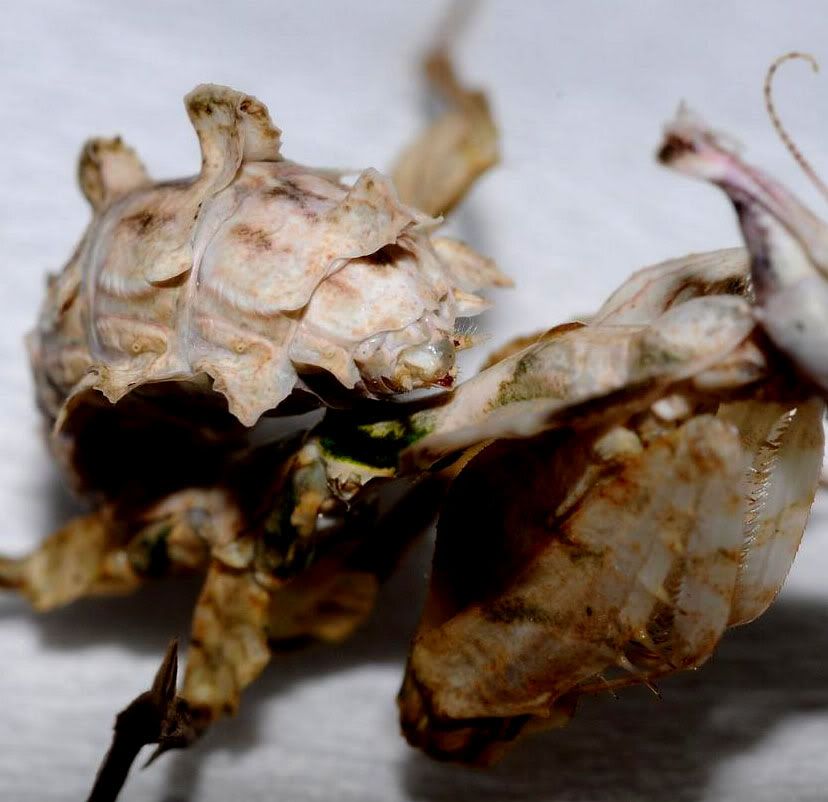
C
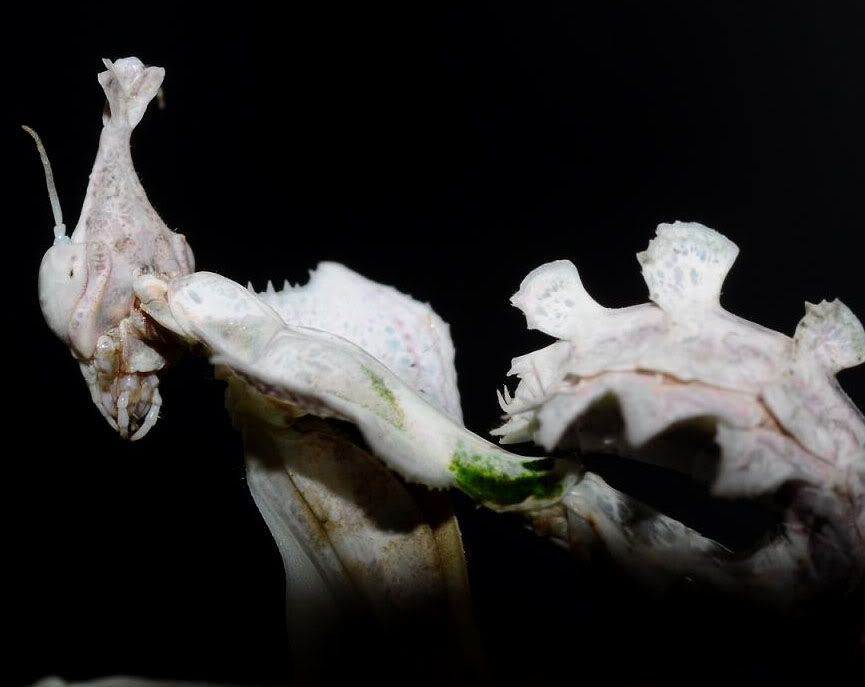
D
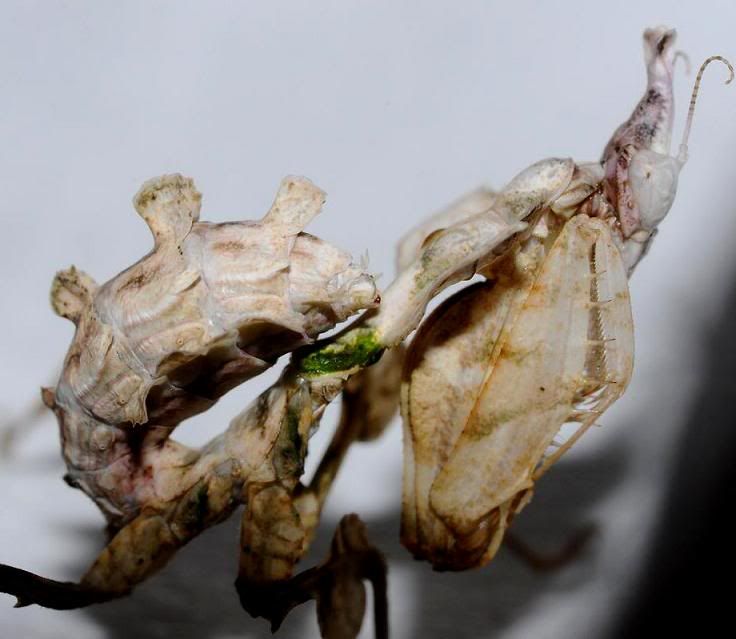
A,C - Male
B,D - Female
Easy right?
Lets start with male. At L3, there is a small protruding pointy 'spike' sticking out from the 6th segment. From the side view below (see circle on pic) you can see the additional spike.

For female, that spike is non-existence.

The additional spike can actually be seen as early as L2 for Idolomantis male, but probably need a magnifying glass to spot it.
Now from top view. At L3, there is a 'V' notch for the female on 6th segment (See circle)

As for male, there is no notch, but a small extended lobe instead (See circle), although not very obvious from top view.

Hope this help everyone in sexing Idolomantis.
Now lets get a little practice here and see if you can *** the Idolomantis correctly at younger stage. (Scrolll down for answer)
A

B

C

D

A,C - Male
B,D - Female
Easy right?




